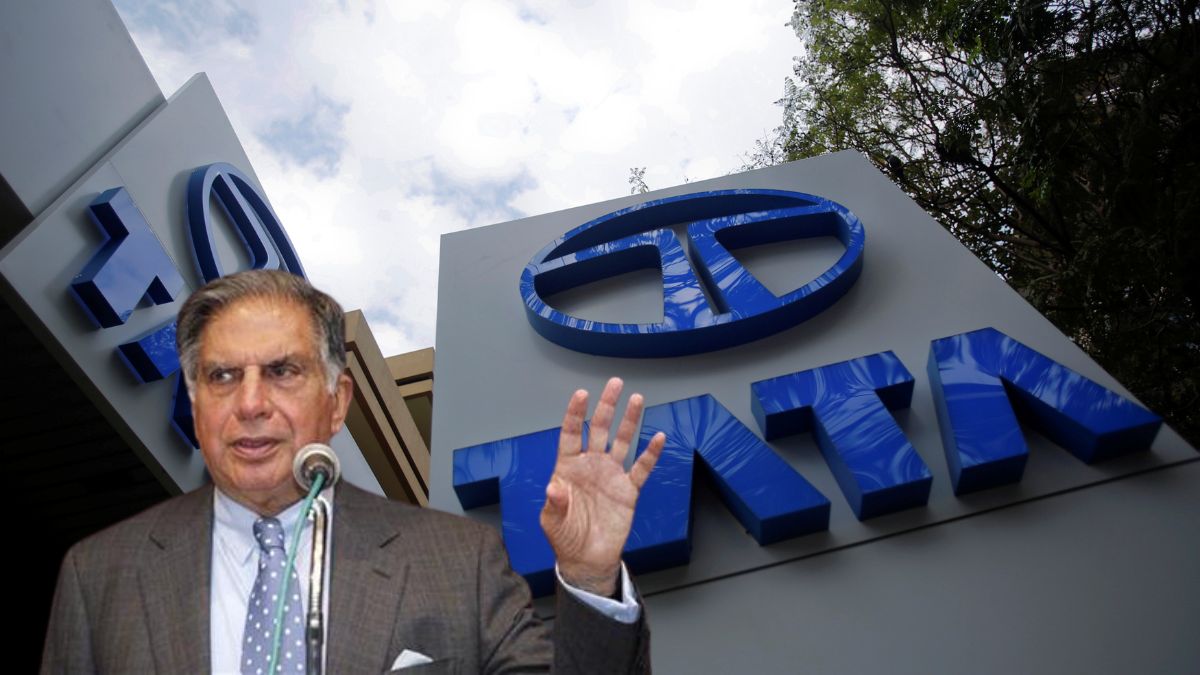Ratan Tata was loved by almost everybody, understood by most people and was misunderstood by just a few. That is a pretty good track record for any human being. To be loved by everybody is a rare gift for an enterprise leader. To be misunderstood by only a few is a superb record. He never uttered the words in the title of this article: neeyat, neeti, niyam. The coinage is my summary for his style of leadership.
Neeyat
This word derives from the Arabic neeya, which alludes to strategic or deep-seated intent. For any enterprise, the neeyat should not be to ‘make lots of money’ because that would be akin to saying that the neeyat of a human being is to ‘breathe in lots of oxygen’! Just as our body needs oxygen at calibrated levels to live healthily, an enterprise needs profits at calibrated levels to live healthily. Profit is a measure of enterprise efficiency, but not of enterprise effectiveness. Too much profit, like too much oxygen, can be toxic.
Ratan Tata desired that, like human beings, enterprises should be nurtured to become efficient and effective. To be efficient, they had to operate at top-class levels. To be effective, his enterprises had to have the community at centre-stage. Here are a few instances of how Ratan walked the talk, not to show off as an example to others but to be, well, himself.
When Covid happened, the Tata companies’ profits and efficiency were negatively affected, like for most other companies. However, Tata group’s contributions to Covid relief were significantly higher than earlier years’ expenditures on social responsibility. This typifies the act of corporate effectiveness.
When the Bhuj earthquake occurred in January 2001, the senior leadership at the group level and in the companies, led by Ratan Tata, invested top leadership time to explore the best way to help rather than assign a budget and let lower-level officers figure out the best use of the funds.
When the terror attack occurred at the Taj Hotel in Mumbai, Ratan Tata personally visited the injured employees in hospital. The accompanying human resource head of Taj asked whether Ratan Tata was satisfied with the response of the management. “I have not come to check if your response is good enough. I have come to figure out what else we can do for our employees,” he replied.
Neeti
This is all about how we behave with each other as we work alongside. In this respect, Ratan must have learnt from J R D Tata, who espoused the virtues of ‘the affectionate leader’. Ratan believed that it is important to always be respectful, fair and kind in human interactions. He himself was not perfect in this respect (and other respects too), but who is perfect? Ratan was as close to behaving perfectly well with others as is humanly possible.
Here is one example. When he was unhappy with a leader’s performance, he would make his view clear, often in a three-stage process that could extend over several months. First, he would verbally talk to the leader about those aspects of delivery that appeared unsatisfactory to him. Second, he would write a personalised note to the person, emphasising the need to improve and in which areas. Third, he would rap the person on the knuckles through lower increments, or, in an extreme, suggesting a separation.
Another example: he wished to encourage diverse viewpoints, but the debate had to conclude at some stage. If essential, he would intervene, and in a seemingly unidimensional manner, state the decision and seek everybody’s cooperation to implement in an efficient manner.
Neeti was an important aspect of Ratan Tata’s behaviour with colleagues and work associates. Neeti also had the connotation of a mythical ‘Tata way’, which was precious to all in the group.
Niyam
In a sense, processes and rules were not his strong suite. He preferred being an intellectual nomad rather than a map-bound explorer. That was the way he was made; it reflected the way in which his fertile mind worked. While most executives would think in a reductionist manner, probing answers to the question “What is inside this?”, he was usually in a creative mode, asking, “What is this a part of?” He respected rules but would not hesitate to modify them to suit a particular solution to a problem.
Around 2005, he posed a question to some colleagues including myself: “What can we, as leaders, do to make Tata more innovative?” Prompt came systems-oriented answers like adopting innovation funnels, using stage gate decision rules, and so on. He would say, “No, don’t give me process answers. I wish to influence the culture of innovation. It would take time, but it would be more durable.”
Then we began a collaborative exercise between Tata Sons and the operating companies. Chairing this activity taught me the differences between executing programmatic, operational change as compared to time-intensive, transformational change.
But the question still arises: what is the connection between neeyat-neeti-niyam principles and company valuations and management economics? The traditional management system of focusing managers on valuations and profits is broke, at least to my eye. There could well be a secret sauce in deftly combining the traditional profit principles with eastern wisdom principles. In a way, combining financial valuation with perpetual valuation ideas.
This is what prompted my co-author Harish Bhat and me to write our book, Jamsetji Tata: Powerful Lessons for Corporate Success. From the time of Jamsetji Tata through 150 years till Ratan Tata, the bedrock of neeyat-neeti-niyam has guided every executive and company in the group. It is remarkable for that to have been institutionalised. And Ratan Tata must get great credit for accomplishing this. By doing so, he has ensured that Tata has embraced the future. What better legacy could he have left? Om shanti.




